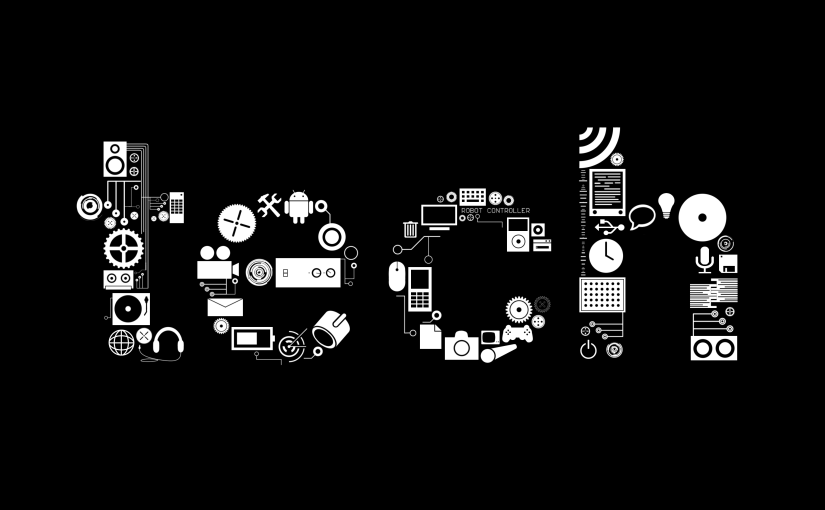
Each year, technological advancements make our lives easier, more productive, and more enjoyable. Last week, we made the first of three weekly predictions on technology trends we think will manifest in 2017. Here’s our second prediction:Prediction 2: Balance Tips Towards Convenience and Away from Privacy
We often struggle when choosing between the convenience offered by new technologies for work and play and the need for privacy. But RPost expects the balance to tip firmly towards convenience in 2017. Why? Americans are too reliant on technology and the benefits it brings to every aspect of their lives. They are unlikely to avoid a new app or gadget that increases productivity or entertains, even if it puts their privacy at risk. There are several key reasons for this shift.
Tech Savvy Millennials Supplanting Baby Boomers
The population of millennials (aged 18-35) first exceeded that of baby boomers (aged 53-71) in 2015 and it will continue to grow. Many millennials can’t remember a time before Internet-connected computers. They are more likely to be using social media channels as part of a daily routine. In fact, 88% of millennials get their news from Facebook, according to the American Press Institute, despite the fact that Facebook uses every click and “like” to build a more complete profile of its users for advertisers.
Mobile Exposure
Adults have spent more time on their mobile phones than their desktops and laptops since 2014. Mobile devices and mobile apps expose more information about you than just web usage, purchase data and Facebook friends. They capture your exact location at all times, your phone number, and all of the data in mobile-specific apps such as Snapchat (used daily by 41% of millennials). Snapchat is a mobile app that lets users “snap” photos and send to friends along with messages. While most Snapchat messages disappear within 24 hours, some images are considered public and can be saved and shared with third-party sources. Source
Internet of Things
The Internet of Things (IoT) refers to a trend in technology, whereby everyday devices and appliances are being built with sensors and wireless networking components to offer cloud-based convenience features. An example of an IoT device is Amazon’s Echo, which allows you to instruct or program “Alexa” to turn on your lights or thermostat remotely. Your privacy can easily be compromised through IoT devices because these devices transmit information through the cloud to service providers, where the data is “learned”, processed and forever associated with you.
Unfortunately though (for those who care about privacy), this IoT data is not stored on an actual “cloud”, safely floating 20,000 feet above our heads. Instead, the data is stored on physical computer servers, connected to the Internet, that hackers can and sometimes do gain unauthorized access to.
Find More: Free Secure Email
Despite the risks, consumers will flock to IoT in 2017 for home automation and security, surrendering more and more of their privacy with each “OK, Google” they utter, or each beer they grab from their “smart” refrigerators. Besides being used for convenience, IoT technology will also continue to find uses in home security; there are already tools that connect your mobile device to motion sensors and cameras in your home, offering remote video surveillance to detect an intruder or to check-in with an aging parent staying at home. Gartner estimates that there will be 20.7 million IoT units installed worldwide by 2020.
Looking Ahead
Convenience has already won the war over privacy for many tech-savvy millennials and post-millennials. These people have already shared online where they live (Lyft, Uber), where they eat (Yelp), who they know (Facebook, LinkedIn) and what they’re doing any given minute (Snapchat). Yet, in 2017, we predict that a broader shift in sentiment will occur among millennial holdouts, Gen Xers and some baby boomers. The resulting adoption will then pave the way for a future generation that won’t even remember a time when coffee pots couldn’t be controlled using a mobile phone.

December 26, 2025

December 19, 2025

December 12, 2025

December 05, 2025

November 21, 2025